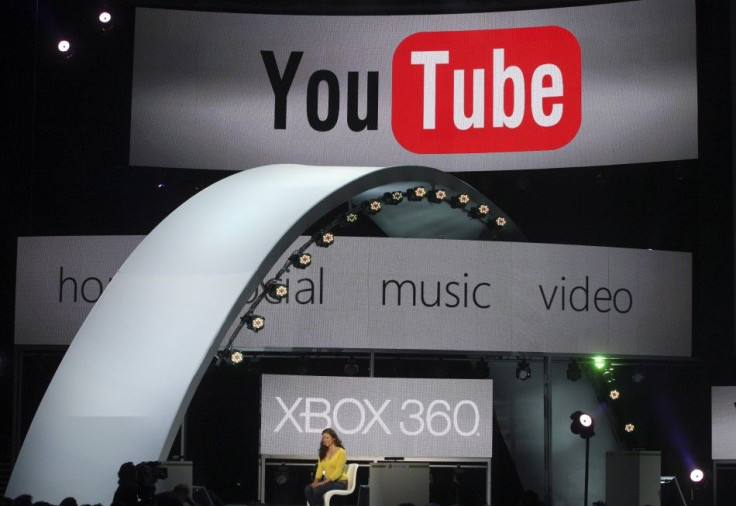Can YouTube's New Video Channel Offering Move the Needle?

Google recently said it would launch 100 online video channels on YouTube that would feature new original programming from celebrities such as Jay-Z, Madonna, Shaquille O'Neal, and Tony Hawk, a move that would make YouTube a rival to cable and satellite TV channels.
Each channel would offer about 25 hours of programming a day. Google will be providing this for free and would be supported by its advertising system. Google is reportedly paying more than $100 million in aggregate advances to its content partners, according to Wall Street Journal.
These channels will be launched gradually through mid 2012. The content on these channels, which will reportedly cover everything from sports to popular culture and comedy, is required to remain exclusive on YouTube for 18 months, after which time content creators can take their content off YouTube for three years.
The latest move fits well with Google's strategy towards becoming more prominent into one's living room, as the company recently upgraded its Google TV whose viewers will have more content to watch.
While we do not believe this (YouTube channels) is an immediate threat to studios, content providers, or distributors just yet, we do believe this is Google's first step towards providing a more robust platform for professionally produced independent content. We also believe the move positions Google to act as major distributor in a bid towards capturing incremental ad dollars that are traditionally directed towards TV, Barclays analyst Anthony DiClemente wrote in a note to clients.
Google is expected to give content creators up to 55 percent of the resulting ad revenue dollars from their channels once initial cash advances have been paid back, similar to Amazon which pays authors who publish exclusively on Amazon about 70 percent of the revenue generated from their eBooks.
Meanwhile, video advertising is the fastest-growing ad category online, driven by domestic broadband penetration, better content online, and more Internet connected devices. DiClemente expects the industry to grow 43 percent in 2011 to $2 billion.
We believe YouTube accounts for the lion's share of these ad dollars as we believe YouTube generated $930 million in total ad sales in 2010, and this number will nearly double in 2011 to $1.6 billion, the analyst said.
YouTube already got a head start in this space and is the most watched online video property with 161 million unique viewers in September 2011, and 47 percent of the total videos watched on the web, according to the latest data from comScore.
Impact on Google
Though professionally produced content from Google is not a surprise, the size of investment took the market by surprise.
While not an altogether surprising announcement as a move towards more professionally produced content on YouTube had been fairly well telegraphed, we believe the size of Google's initial foray into the space was somewhat surprising, DiClemente wrote.
The analyst added though $100 million is not a major investment for a player like Google, but it illustrates a commitment towards entering (or rather pioneering) this space, and expects Google to continue to be very aggressive here.
Google is expected to allow content partners a long leash, and would be very data driven in its approach towards which channels and categories are popular and requires further investment.
We believe ~100 channels will be a great litmus test for Google to see what types of content works, and which is not as popular with the consumer, DiClemente added.
© Copyright IBTimes 2024. All rights reserved.











